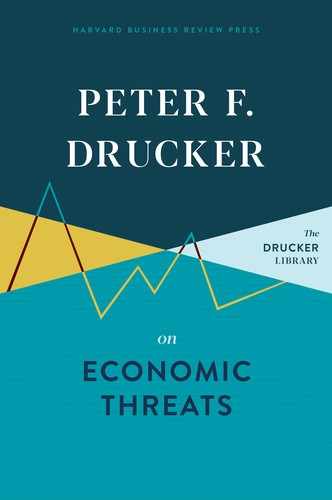PART IV
![]()
People at Work
Human nature has not changed much over recorded history. But the skills and the knowledge of people, their work and their jobs, their expectations—and also their life spans and their health—do change, and can change very rapidly. In no area, not even in technology, have the changes of the last thirty years been greater than in the work force; and in no area will the changes be greater—or come faster—in the remaining years of this century than in the work force—its composition, its working habits, its working life.
The phrase “people are our only resource” has been a management slogan for at least eighty years. But far too few executives really look at this resource. The Japanese were among the few exceptions after their defeat in World War II, and this is a major secret of their current success. Executives, by and large, tend to see in their mind’s eye labor—that is, the work force of 1920 on Henry Ford’s assembly line—rather than the knowledge worker of today. When they say “worker” they tend to see a male adult, aged twenty to sixty-five, working on the machine and employed full-time in a permanent job. Yet more than half of the American labor force today consists of women and of people past sixty-five, a good many of them working part-time or intermittently. And the proportion of the labor force working as machine operators will, in all developed countries, fall below 10 percent by the end of this century.
Altogether, we have moved to an employee society. Eighty or 90 percent of national income is paid out as wage and salary in all developed countries. Directly—through pension funds, for example—or indirectly, employees are fast becoming the main owners and the decisive source of capital. And the job, rather than ownership of land, has already become the true “ownership of the means of production.”
